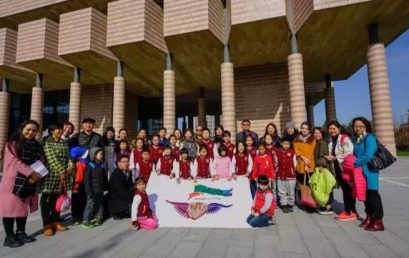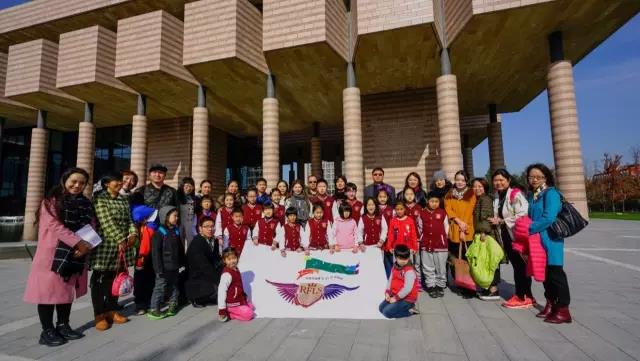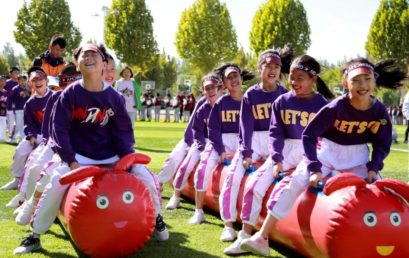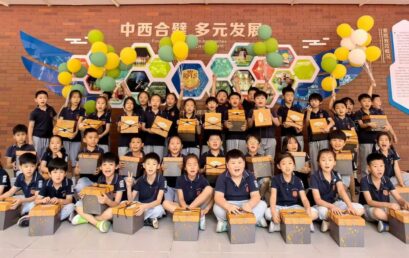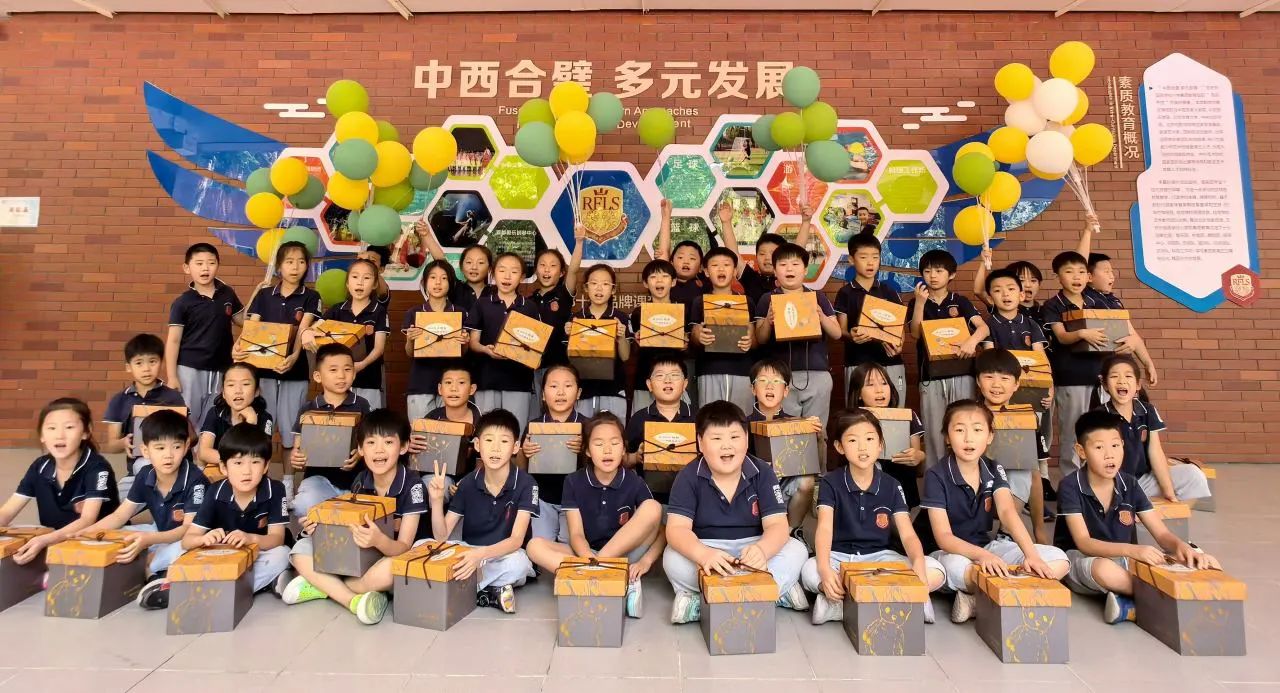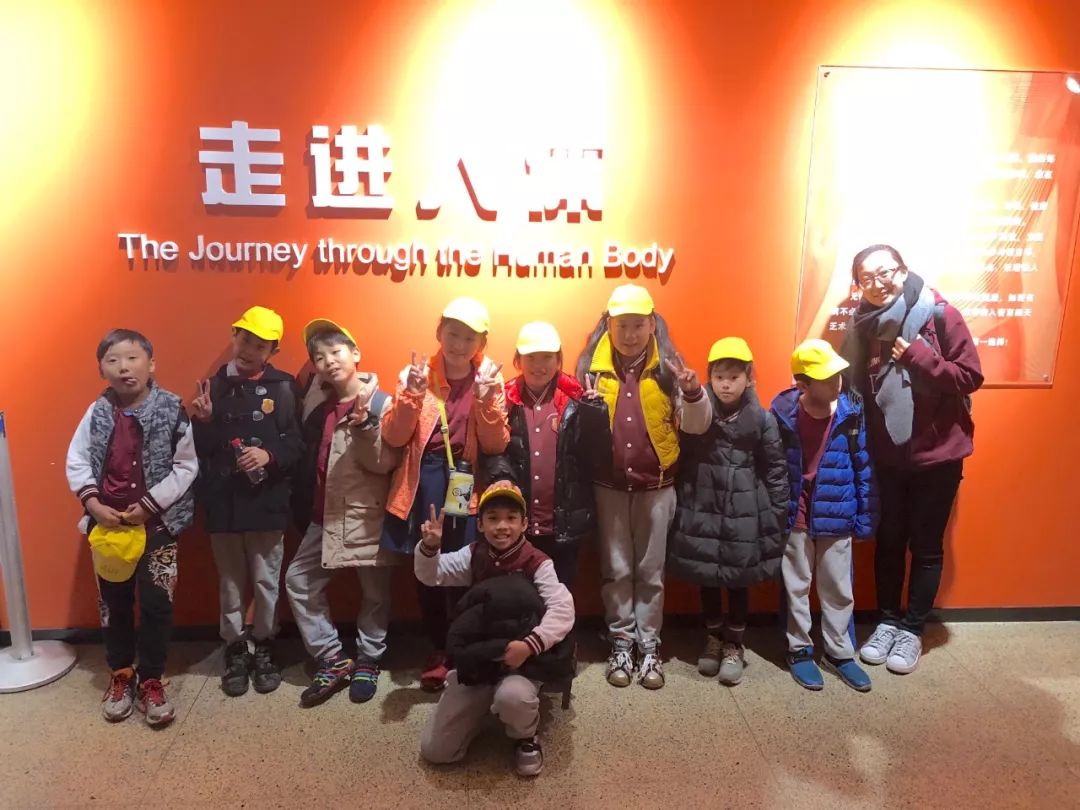
This past Wednesday, Classes 4.1 and 4.2 went on a field trip to the Beijing Natural History Museum. The purpose of the field trip was to explore the various components and functions of the human body systems.
11月14日,四年级国际班的学生们去了北京自然博物馆,在整个体验活动的过程中,孩子们学习身体的组成部分及身体系统的作用。

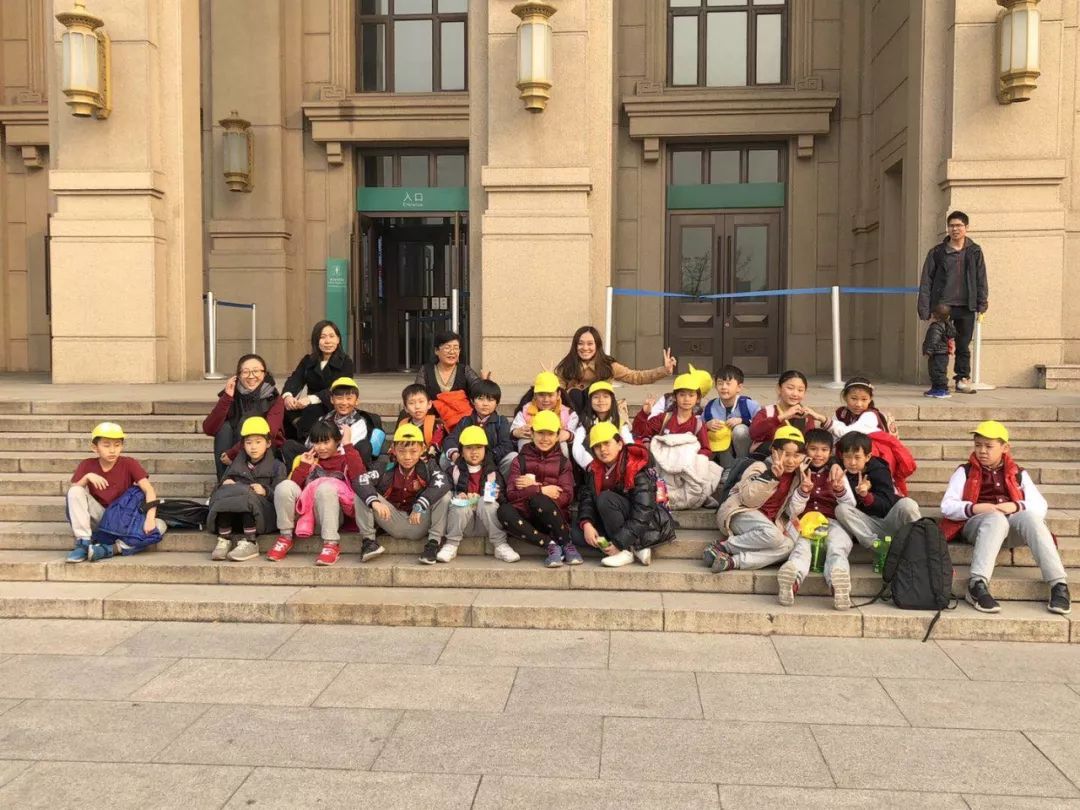
Prior to leaving for the field trip, students wrote down some burning questions they had about our current unit. These questions included inquiries like:
在去之前,学生们写下了一些他们比较关心的与本探究单元相结合的问题,如:
– How many body systems are in the human body? (Eva, 4.1)
-人类有多少身体系统?
– Are the organs of people now the same as the organs of people in the past? (Wei Wei, 4.1)
-过去人类的身体系统和现在人类的身体系统一样吗?
– What do the body systems look like? (Domi, 4.1)
–身体系统是什么样子的?
– Which body system is the most important? (Kevin W., 4.1)
-哪一个身体系统是最重要的?
– Why do we need a digestive system? (Grace, 4.1)
-为什么我们需要消化系统?
– How can lymphatic system help us? (Nancy, 4.2)
-淋巴系统可以怎样帮助我们?
– What does red blood vessel and blue blood vessel do? (Olivia, 4.2)
-红色的血管和蓝色的血管都有什么作用?
– What does a human bone look like? (Solomon 4.2)
-人类的骨头是什么样子的?
– How does our body system work together? (Sunny, 4.2)
-我们的身体系统是怎样一起工作的?
– What is the function of a nervous system? (Peggy, 4.2)
-神经系统的作用是什么?
Students left the school with questions and a mindset ready for learning.
学生们带着他们的问题和一颗求知的心从学校出发。
During the field trip, students explored two key exhibits. One exhibit featured the human body systems in various, exciting ways. There were posters, diagrams, models, and interactive games on many body systems. The other exhibit explored the evolution of humans and included models that displayed how the human body structure has changed over time. Grade 4 students visited these informational areas and used a worksheet to take notes and record information. Students had the freedom to record the information that interested them and was related to our unit. Students were also encouraged to use note-taking strategies we learned in class, such as summarizing main points and organizing information in different ways.
在博物馆里,学生们参观了两个重要展览。其中一个展览以各种令人兴奋的方式展示了人体系统。在许多身体系统上都有海报、图表、模型和互动游戏。
另一个展览中学生们探索了人类的进化过程,包括展示人体结构随时间变化的模型。四年级的学生们参观了包含丰富信息的区域,并用一张任务单做笔记,记录信息。学生们可以自由地记录他们感兴趣的和与我们探究单元有关的信息。我们也鼓励学生们使用我们在课堂上学到的记笔记的攻略,例如总结要点和以不同的方式组织信息。
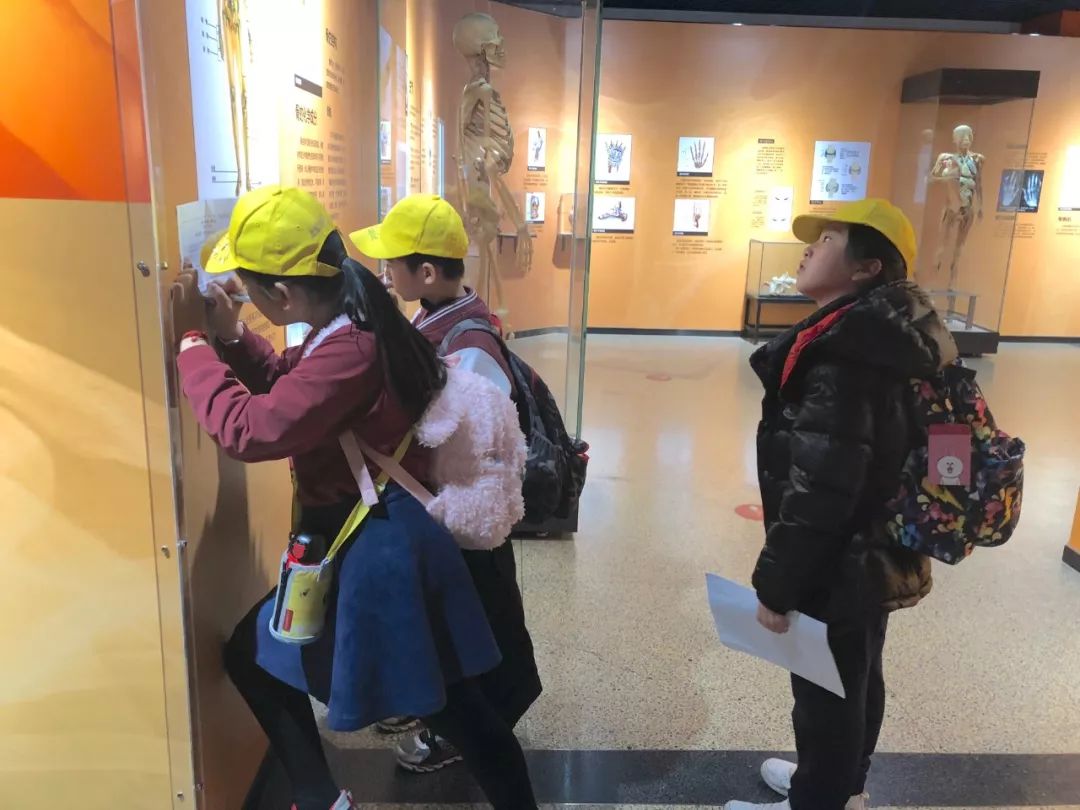
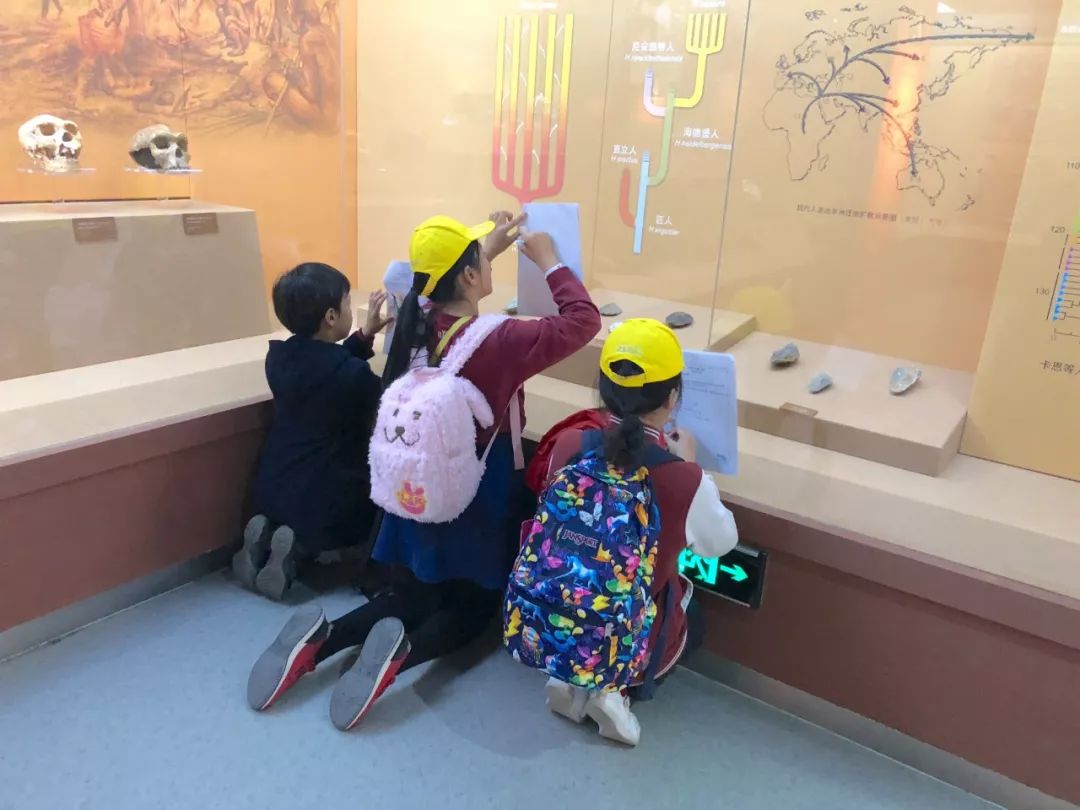
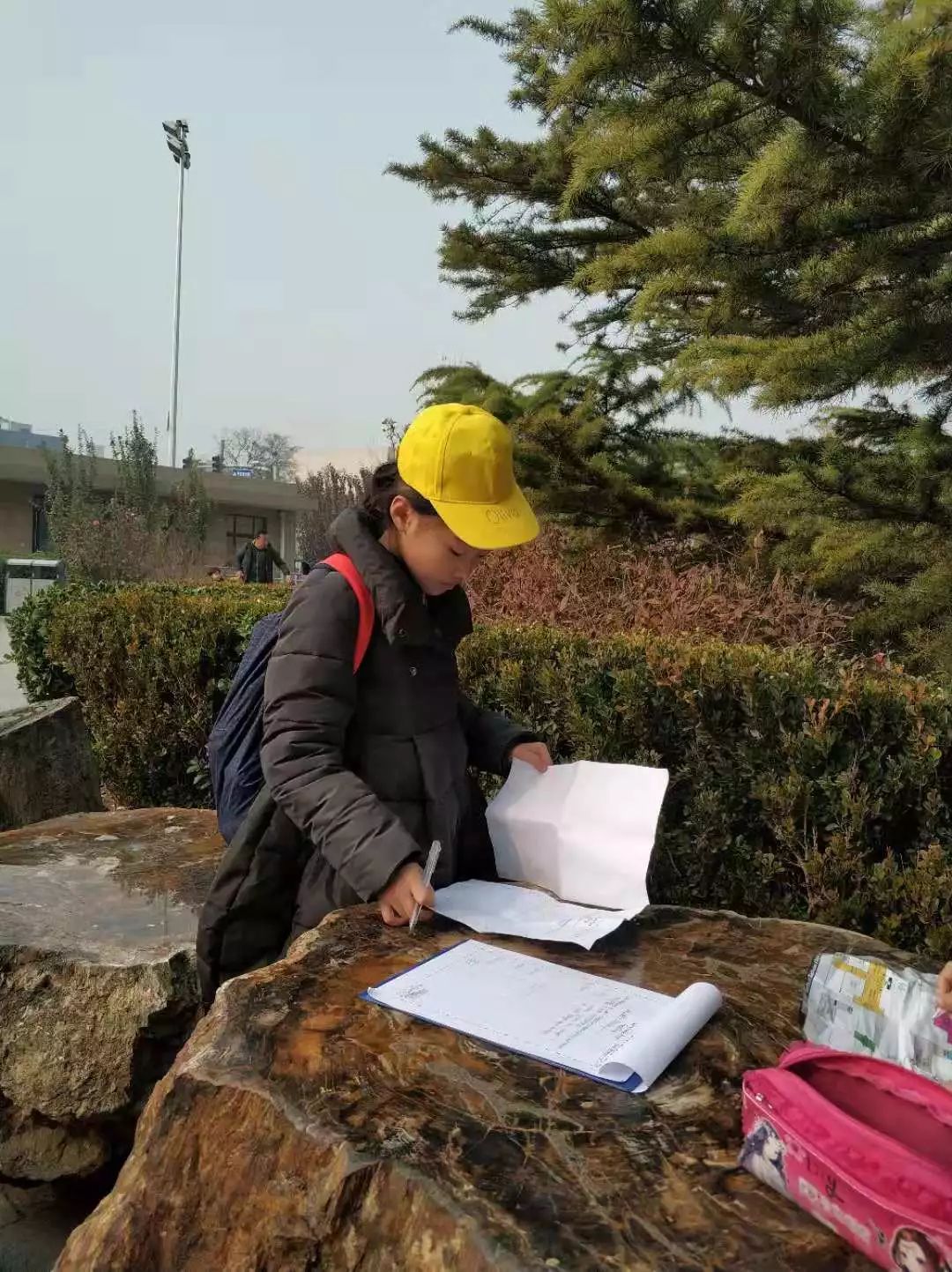
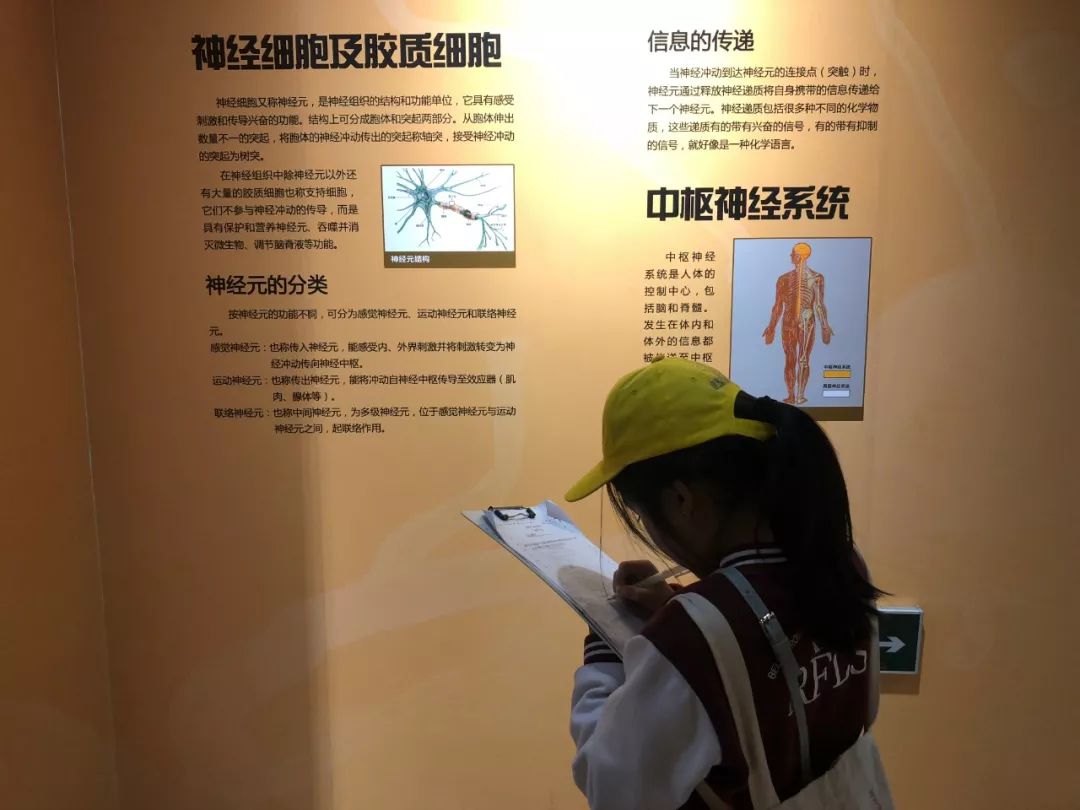
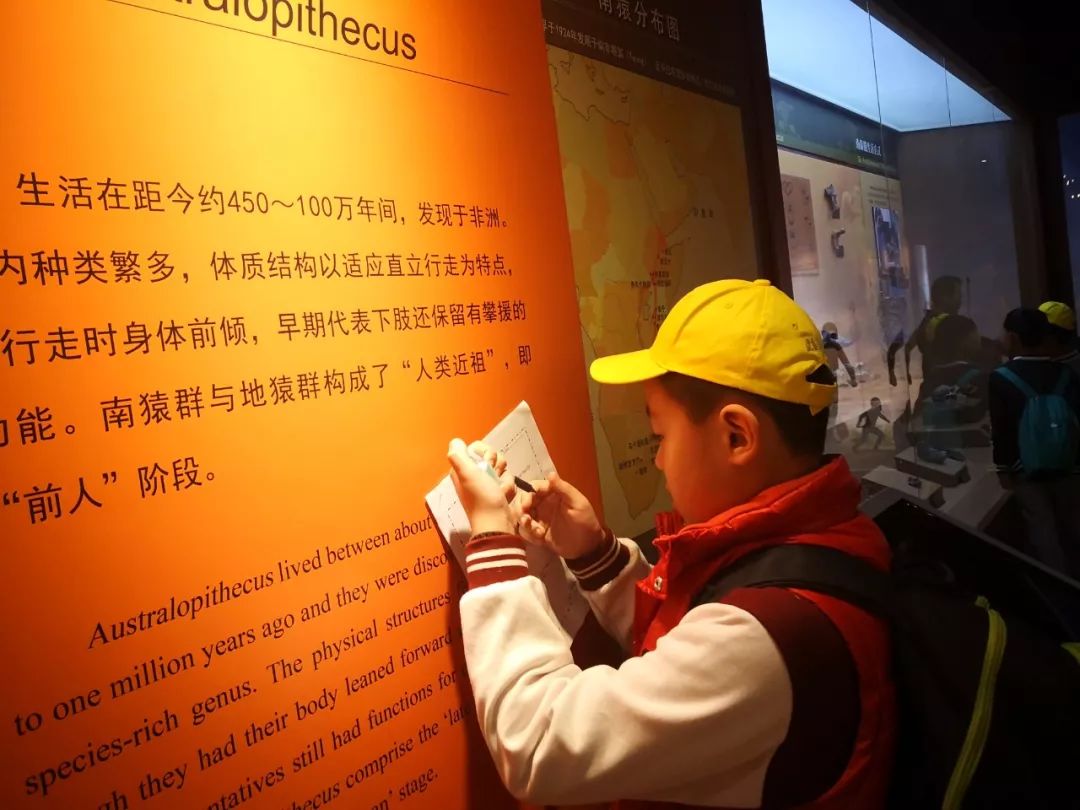
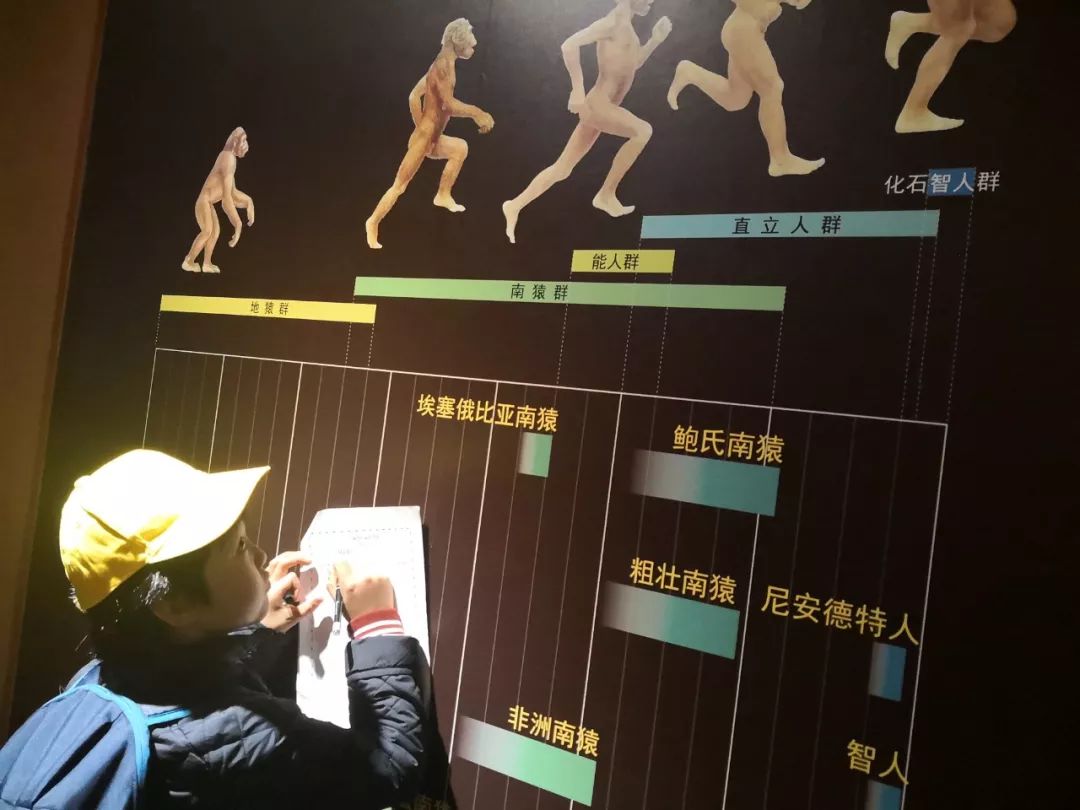
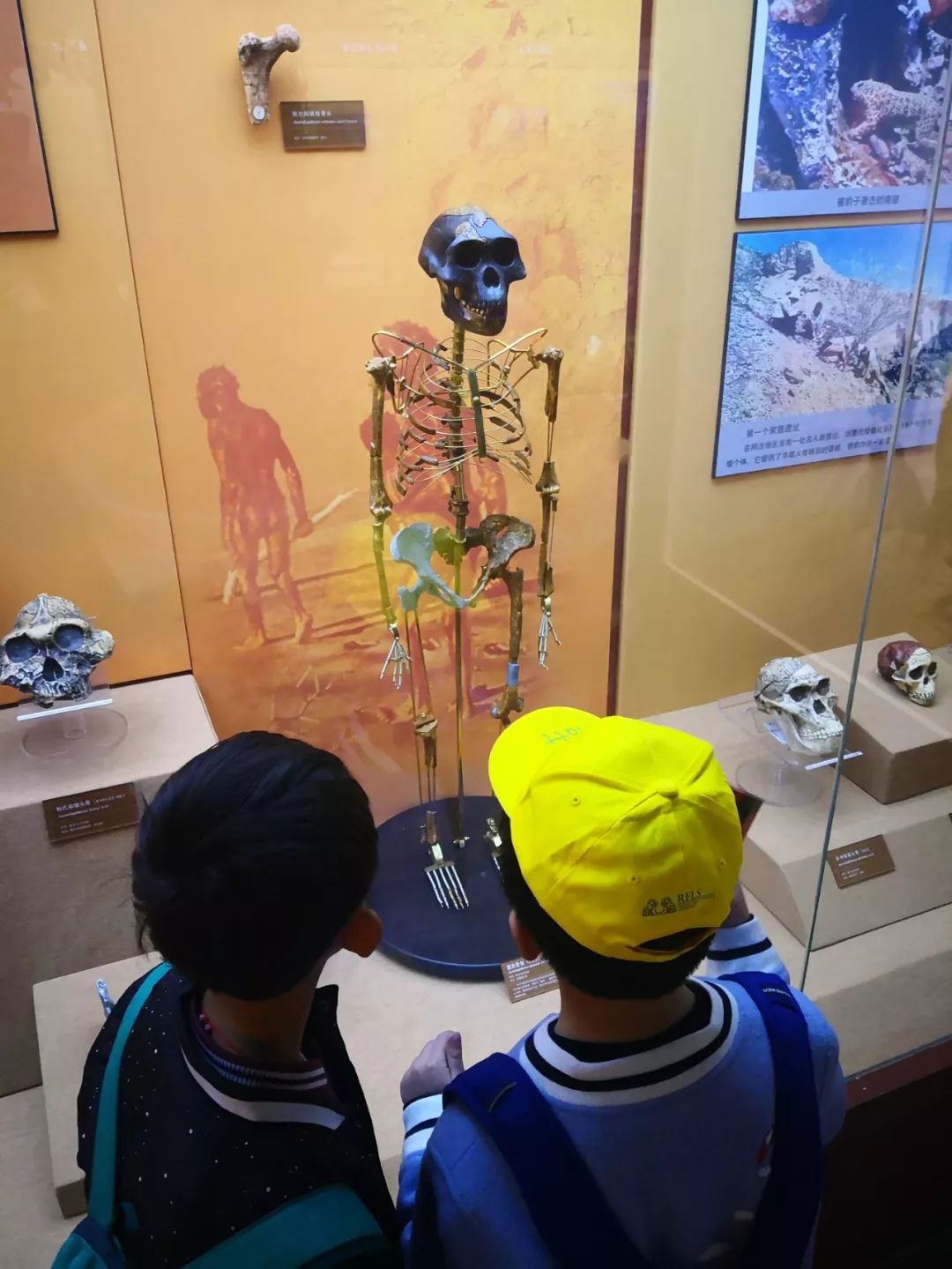
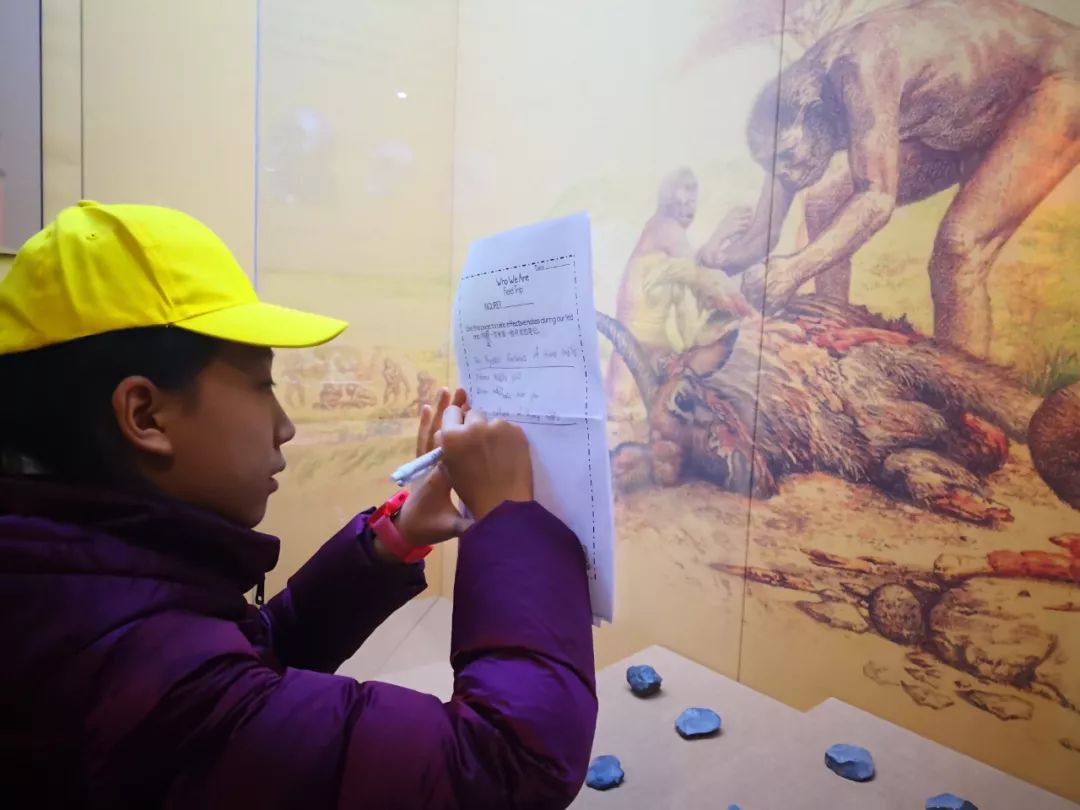
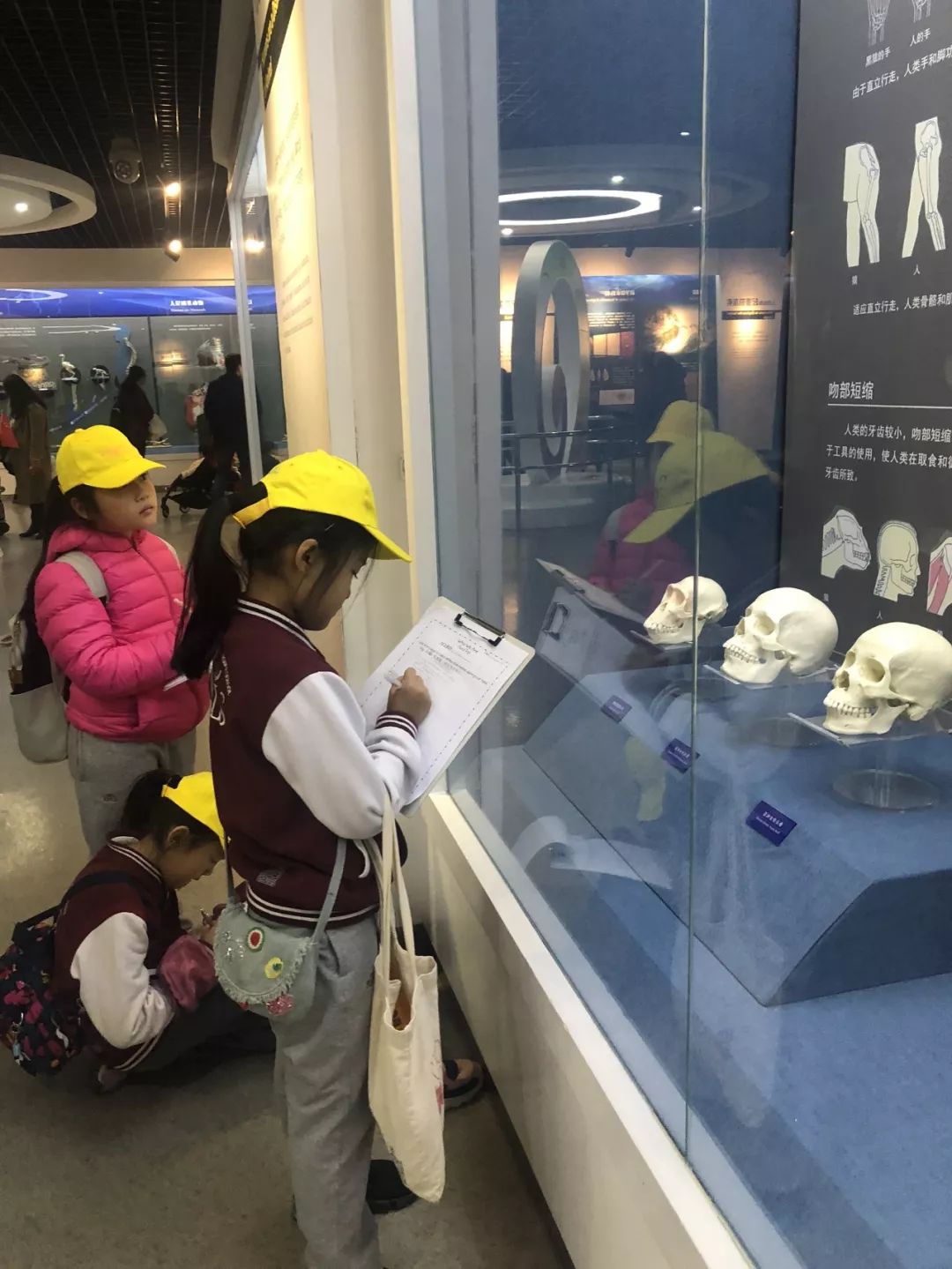
After the field trip, students used their notes and their learning to write a reflection on the day. Reflection is important because it gives teachers the opportunity to see what aspects of the field trip and learning made an impact on students.
在参观博物馆之后,学生们用他们的笔记和所学到的知识写下了这一天的反思。反思是很重要的,因为它有机会让老师看到体验活动和学习的哪些方面对学生产生了影响。
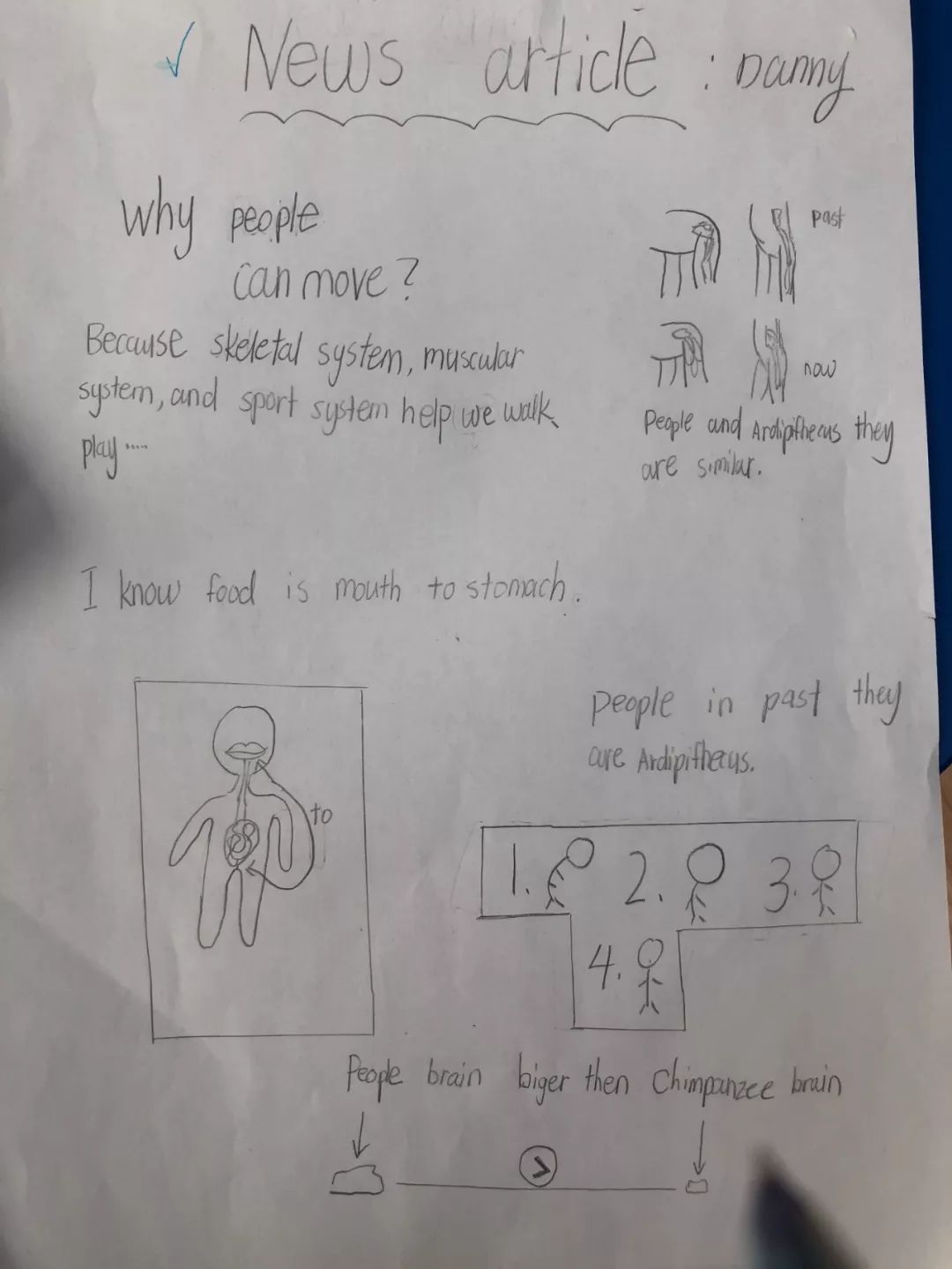
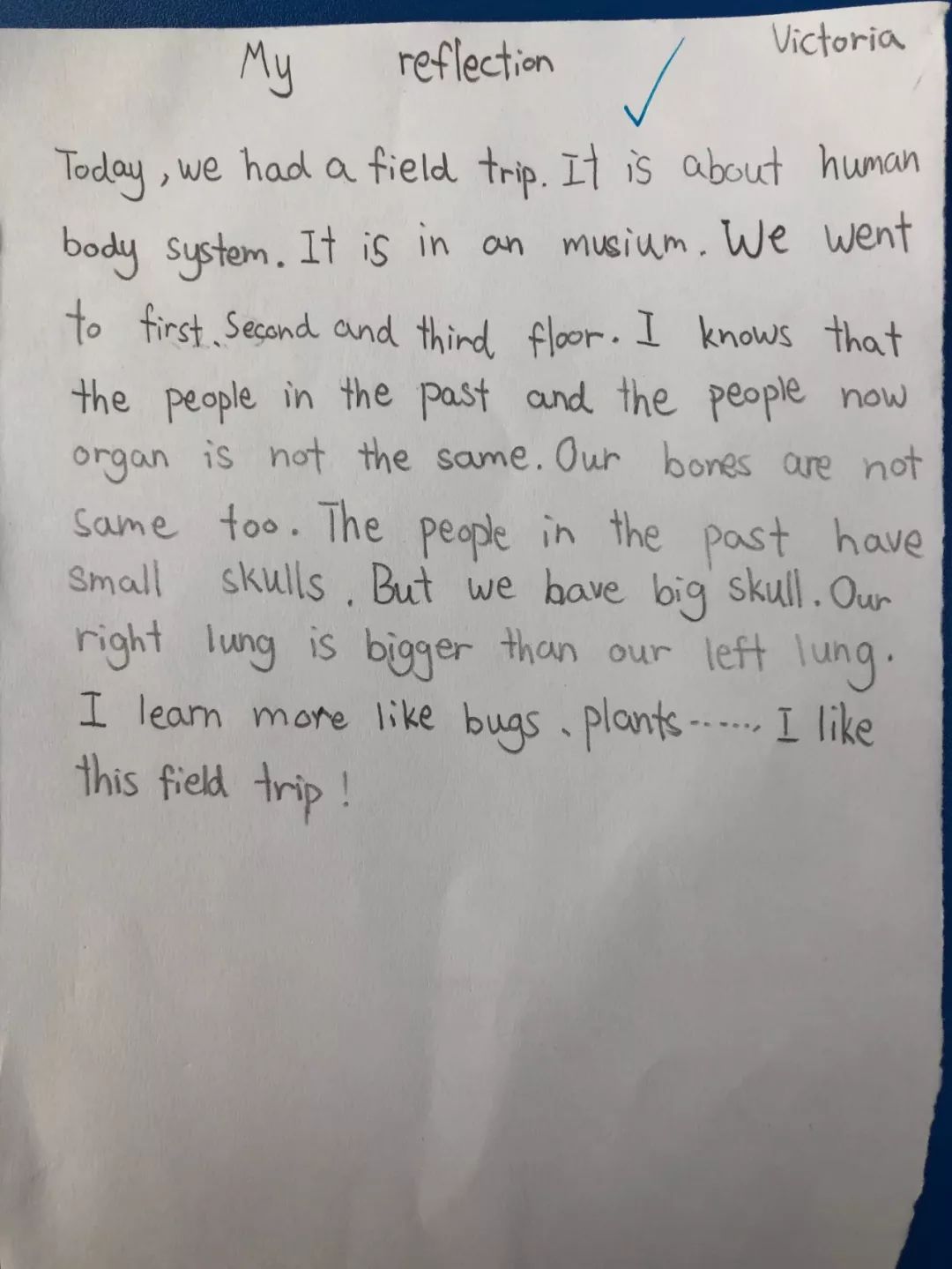
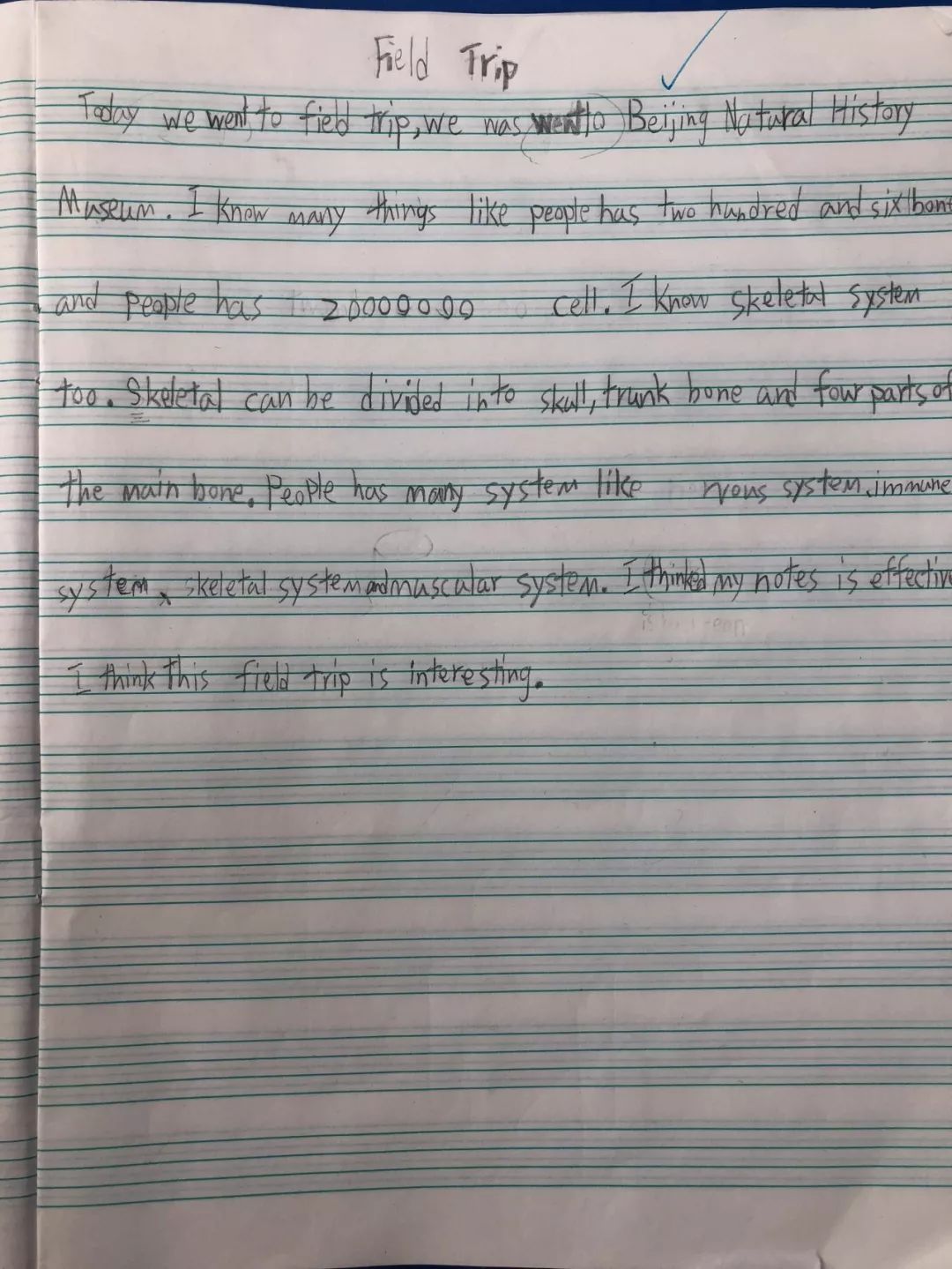
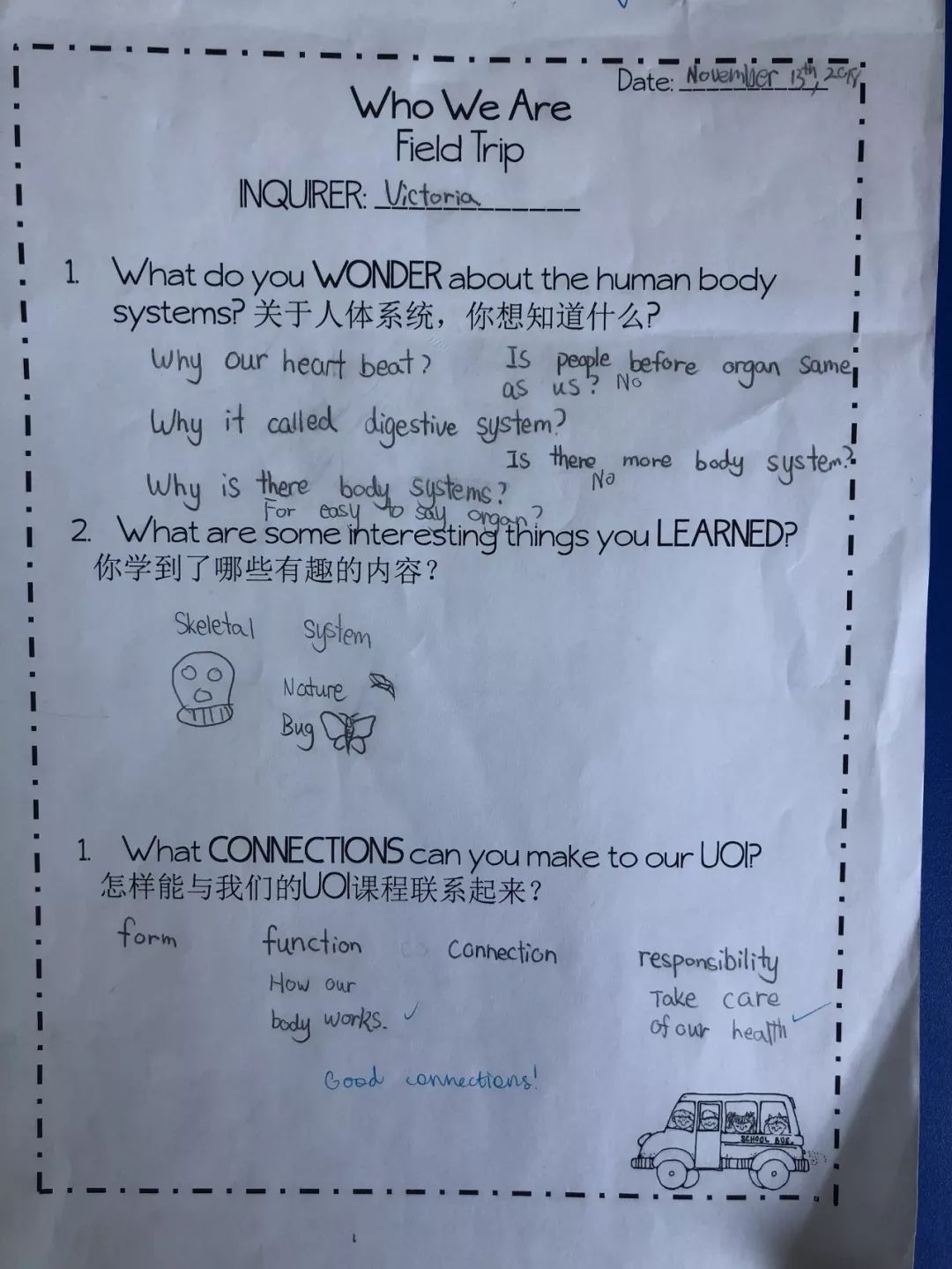
The field trip relates directly to Grade 4’s currently ongoing Who We Are unit. Both classes are exploring several different key body systems, including the skeletal system, circulatory system, nervous system, muscular system, respiratory system, and digestive system. The students are also briefly exploring other systems such as the lymphatic, endocrine and reproductive systems.
这次体验活动与四年级国际班主题为“Who We Are? 我们是谁?”的探究单元相结合。我们探讨了几种不同的重要身体系统,包括骨骼系统、循环系统、神经系统、肌肉系统、呼吸系统和消化系统。学生们还简要地探索了其他系统,如淋巴系统、内分泌系统和生殖系统。
Currently, students are synthesizing all the information they’ve collected into a flipbook where they demonstrate their understanding by labeling and writing about each body system. In the next few weeks, students will also explore the interdependence of body systems and how lifestyle choices impact human health.
目前,学生们正在将他们收集到的所有信息整合到一本翻页书中,通过对每个身体系统的标记来展示他们的理解。在接下来的几周里,学生们还将探索身体系统的相互依赖以及生活方式的选择对人类健康的影响。
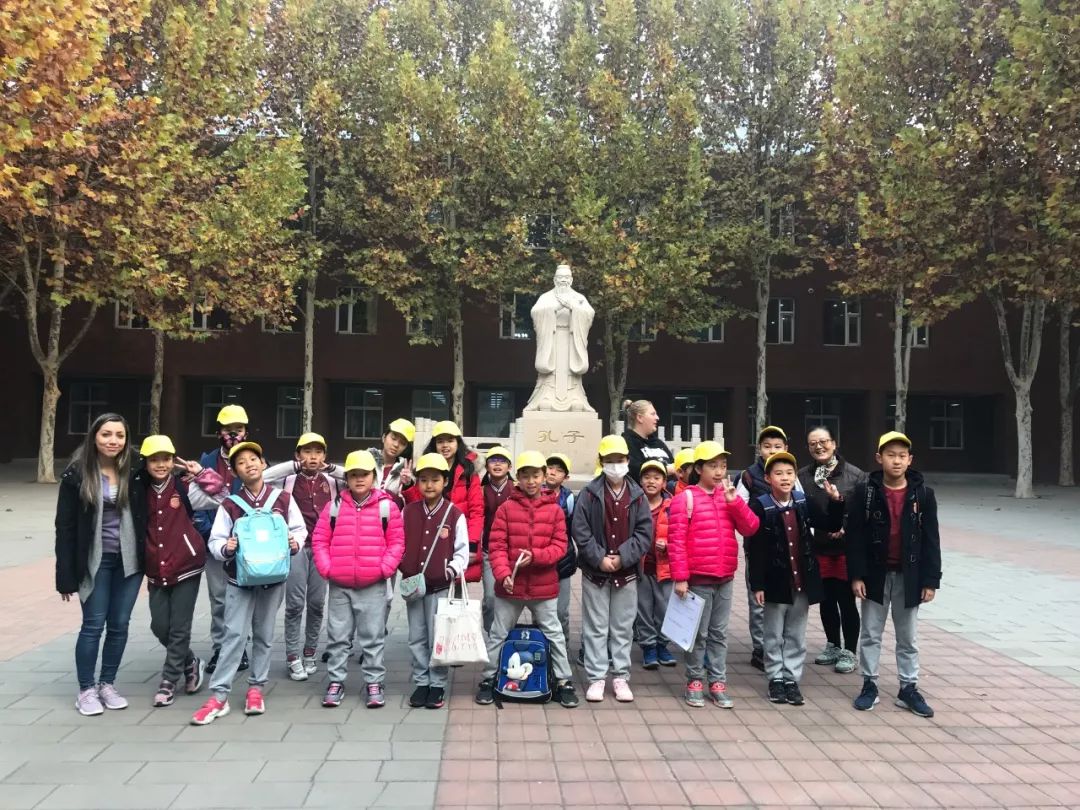
文/Vee
翻译/朱晏竹
编辑/晓婉
